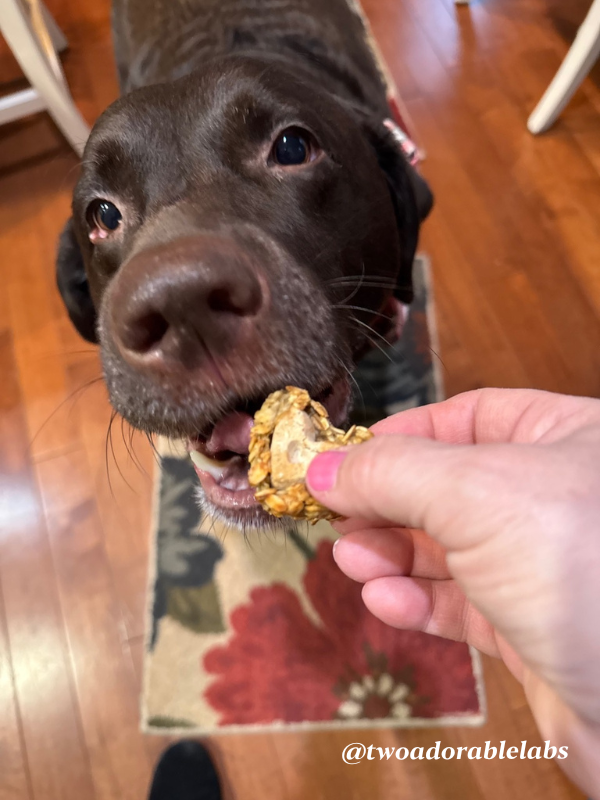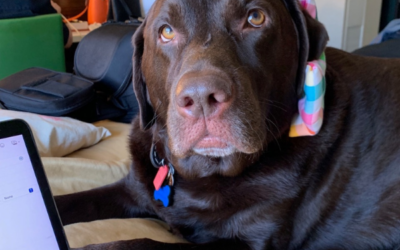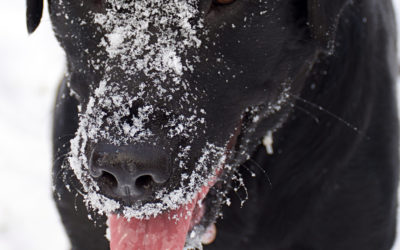The Importance of Adding Liquids To Your Dog’s Food
Happy Wednesday, everyone! Today, we are talking about The Importance of Adding Liquids To Your Dog’s Food. I feed Jake and Maggie dried kibble and no people food, but sometimes I wonder if they are getting enough variety and proper nutrition. I spoke to my vet about giving them a multivitamin, and he said that taking them off Stella and Chewy Raw Coated Kibble and putting them on Purina For All Stages Shredded Blend would give them the proper vitamins they need. But what about adding liquids to their dry food? Here is what I found…






Two Adorable Labs has become a collection of all that I love. I’ll send one post each week on things that bring me joy on animal health, home decor, and food recipes for humans and our furry friends. I hope you enjoy these posts and much as I do creating them!




I love hearing from all of you and do my best to respond to each and every one of you. I always enjoy your comments, feedback, and suggestions so keep them coming! If I’ve posted a recipe (for our human and our furry friends) and you try it, don’t forget to tag me on Instagram @twoadorablelabs and use #twoadorablelabs.
If you do try and love my recipes, I would greatly appreciate a comment and rating. I read every single one and respond to them. It also lets Google know that the website contains quality content. The more comments and 5-star ratings, the more Google will show my blog in search results! Thank you so much!
As an Amazon Associate, I earn from qualifying purchases.

Jake and Maggie are now proud Ambassadors for Ava’s Pet Palace.
Log on to avaspetpalace.com/twoadorablelabs for 20% off your order!
Love, Jake and Maggie
You Might Also Like
What To Do If Your Dog Gets Bit By A Venomous Spider
Happy Wednesday, everyone! I was sitting on our back patio a few nights ago watching Jake watch a spider crawl in front of him. This gave me an idea for a blog post on spiders and What To Do If Your Dog Gets Bit By A Venomous Spider. Fortunately, Jake didn't make a...
Pet Cloning: What Is It And How Does It Work?
Happy Wednesday, everyone! Pet Cloning…What is it, and how does it work? I recently found an article in Modern Dog Magazine, “Meet Mella, The Cloned Winery Dog,” about how a California winery spent $50,000 cloning their dog. Before reading the article, I had two...
What Spring Weather Will Reveal About Your Home
Happy Wednesday, everyone! What Spring Weather Will Reveal About Your Home. Spring weather can be quite the revealing element! After weathering the winter out, with all the cold, rain, and dryness it brings, blooming into spring will highlight everything wrong with...
How To Be The Kind Of Traveler Others Are Grateful For
Happy Wednesday, everyone! How To Be The Kind Of Traveler That Others Are Grateful For. I typically talk about animals and food, but after taking a quick trip to Tennessee last year, I thought this post was fitting. I have wonderful memories of my trip to Tennessee...
10 Reasons To Learn To Cook
Happy Wednesday, everyone! Do you love to cook? Here are 10 Reasons To Learn To Cook! As you know, I’ve written three cookbooks and am working on my 4th cookbook. I found my love for cooking and baking from my grandparents and parents. I’m lucky to have Mr. TAL,...
3 Simple Ways to Get Winter-Ready Without the Stress
3 Simple Ways to Get Winter-Ready Without the Stress...This brings me to ask...What is your favorite season? If you live in an area like I do that has all four seasons, it’s easier to choose, and I have to say that winter is my least favorite, with fall being my...







0 Comments